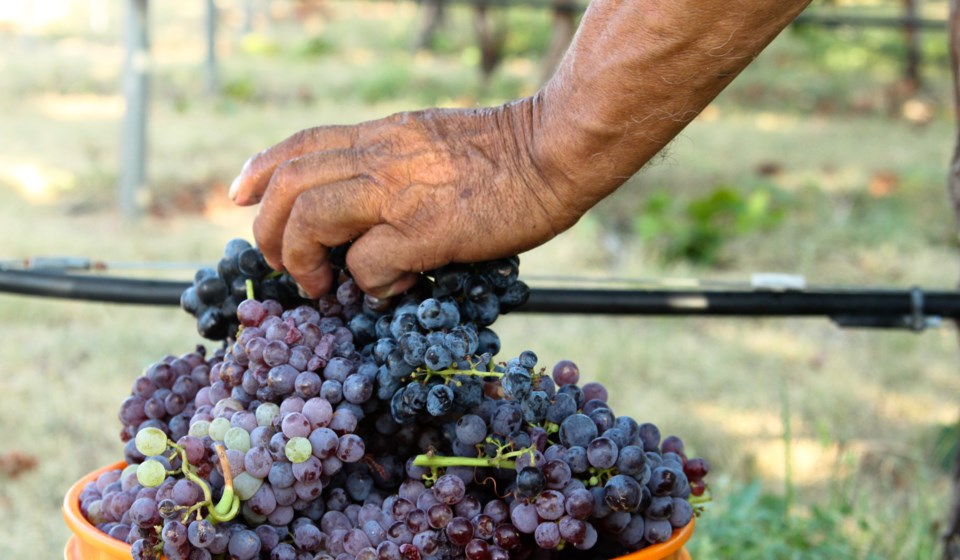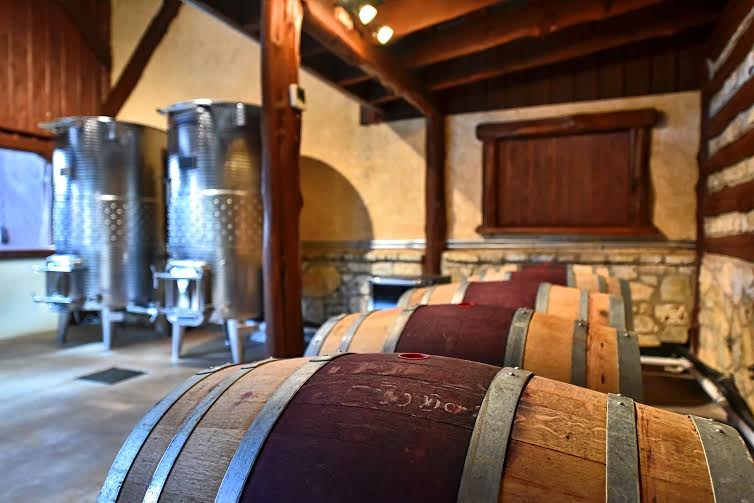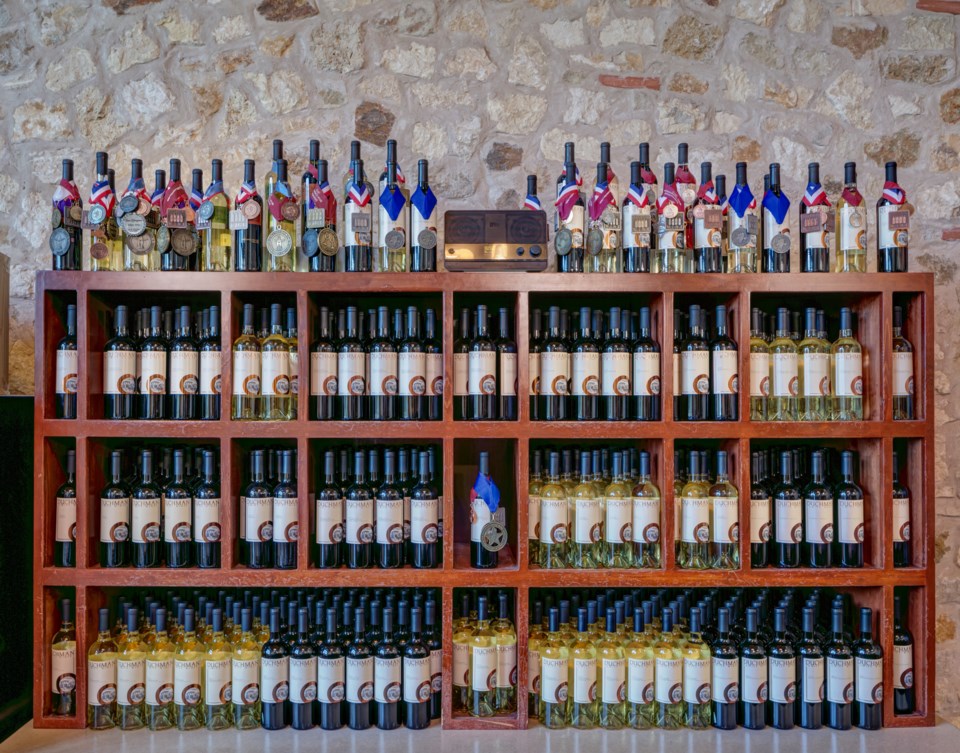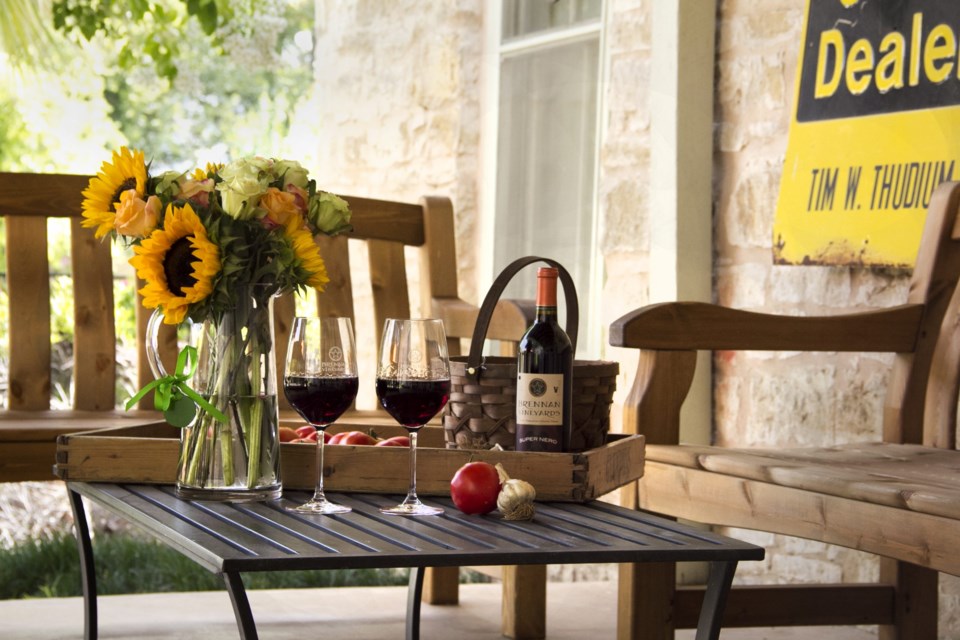The Lone Star State is One of the Top Wine Producers in the Country
When was the last time you had wines from Texas? If it was more than five years ago, you, unfortunately, have missed out on drinking delectable, top-of-the-line wine. The Texas wine industry has been heating up and wineries have learned through diligent trial and error which grapes thrive in Texas, and the rest of the world is taking notice. Furthermore, the Texas Hill Country is increasingly being recognized as one of the premier travel destinations in the U.S. for wine, food, culture and great indoor and outdoor activities for the entire family. There certainly is no better time than now to give Texas wines a try.
Last year, Food and Wine magazine proclaimed, “If you want to get a jump on America’s next ‘it’ wine region, look to Texas.” Executive Wine Editor Ray Isle stated that though Texas is not as well-known as California, Washington and Oregon, it is producing top-notch wines. He is fascinated to see a wine industry come out of “nothing.” In fact, Texas is one of the oldest wine producing states in the country.
The first vineyards were established in 1662 by Franciscan priests who made Texas the site of the first established vineyard in North America, a full 100 years older than California or Virginia. The Prohibition era all but ended the Texas wine industry until its rebirth in the ‘70s with the founding of Llano Estacado in the Texas High Plains Appellation and La Buena Vista Winery in Springtown, located in Wise and Parker counties.

According to the Texas Wine & Grape Growers Association, the Lone Star State is the fifth largest wine producer and seventh largest wine grape producer in the country. There are 350 bonded wineries that contribute $1.88 billion in revenue to the Texas economy by creating over 11,000 full-time jobs, which pay $417 million in wages.
Historically, the Texas wine industry has done a poor job at self-promotion; however, two key indicators show that it is gaining momentum. First, it has been selected to be the host of the 2016 Wine Tourism Conference, November 8-10. The committee selected Fredericksburg in the Texas Hill Country; this is only the second time a location for the Wine Tourism Conference is to be held outside the West Coast. Second, the number of medals awarded to Texas wines in out-of-state wine competitions has risen from 30 a year (from 1984–2011) to 164 medals in 2014. Wine blogger Andrew Chalk explains, “Eighty percent of these medals came from shows in San Francisco, Los Angeles, San Diego and the Finger Lakes. The only explanation for the increase is improved quality. We are observers at a moment when the Texas wine industry is undergoing a seismic shift.” This is indeed exciting news for the Lone Star State.
Though Texas winemakers grow an eclectic variety of grapes, they are learning Mediterranean varietals from France and Spain, as well as some Italian varietals, are best suited for the Texas climate. If you are a fan of white wine, just about every white grape is cultivated in some part of Texas. Similarly, if you prefer “off the beaten path” grapes, such as Tannat, Picpoul, Vermentino, Mourvedre, Montepulciano and Aglianico, Texas wines are for you.

A word of caution when purchasing Texas wine: Look for “Go Texan” or an explanation of where the grapes are sourced on the label, and avoid “For Sale in Texas Only,” if you want to purchase actual Texas wine. One of the issues that has plagued the Texas wine industry is the production of “Texas” wine using grapes from wineries outside of the state. Believe it or not, some Texas “wineries” are transporting lower-quality “jug” wine from California into the state in tankers and selling it as “Texas” wine. This loophole has led to consumer fraud that has tainted the industry with low-quality wine.
Fall is a great time for a weekend visiting Texas wineries in Texas Hill Country. [Turn to p.XX for our travel feature on Fredericksburg.] If you prefer to stay closer to home, there are many wineries within driving distance of Plano. The Cross Timbers Wine Trail (crosstimberswinetrail.com) includes six wineries in the greater Metroplex; The Dallas Town and Country Wine Trail (dallastownandcountrywinetrail.com) includes seven wineries in northern Collin County; McKinney is home to Mitas Hill Winery (mitashill.com) and Landon Winery (landonwinery.com); and lastly, downtown Grapevine (grapevinetexasusa.com) is a convenient and fun location to sample local wines in the comfort of their urban tasting rooms.
Cheers!





